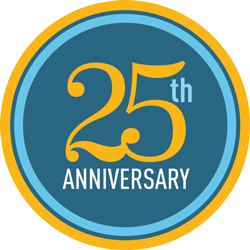STRAWBERRY FIELDS FOREVER?
Californians thrive on fresh food from our iconic farming regions. What if we could no longer grow fruits and vegetables on the coastal land that sustains so many of us?
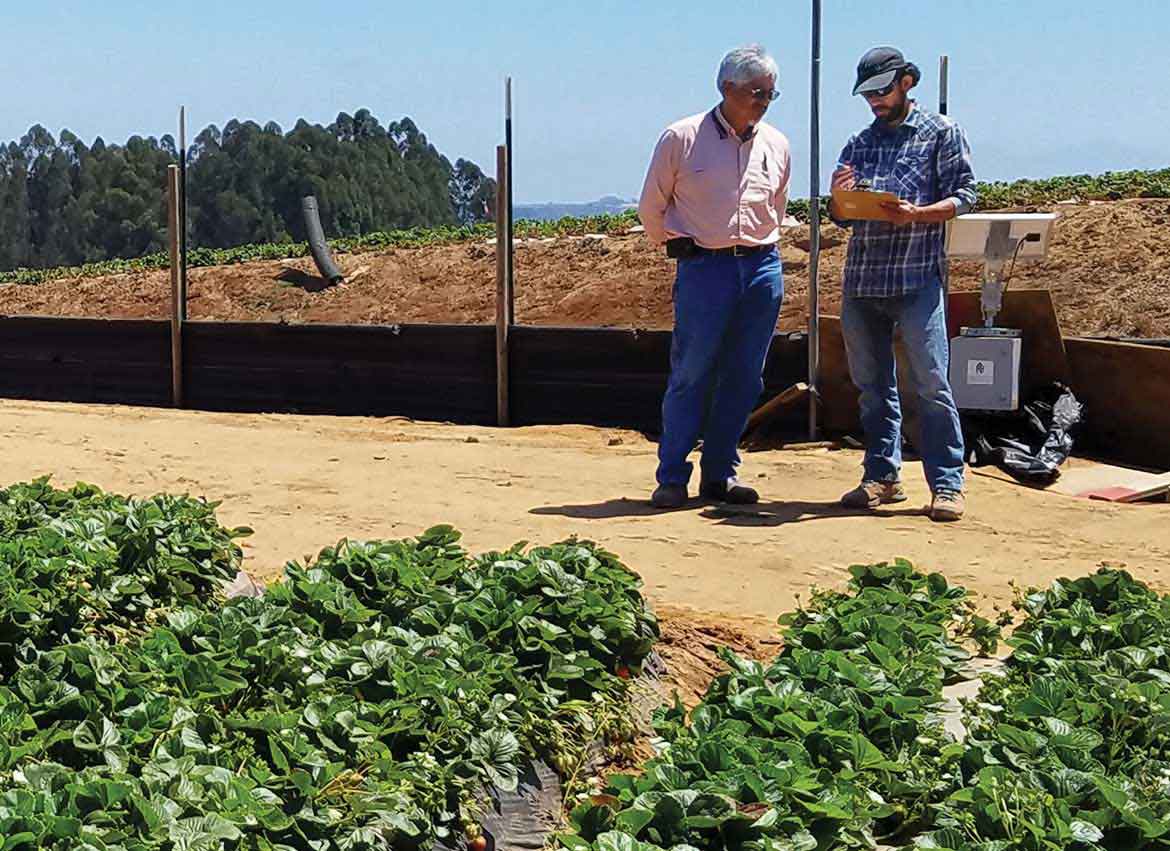
Strawberry farmer Miguel Ramos and Resource Conservation District of Santa Cruz County Program Manager Sacha Lozano.
The sweetness of berries belies their myriad health benefits. And then there’s the visual dazzle of their jewel tones in our bowls. It’s one of nature’s most delightful truths: that something that delicious and beautiful is good for us.
Spring ushers in the harvest of these bite-size delicacies, delivering antioxidants, vitamin C, and fiber to us in short order. The timing couldn’t be better; after this year’s flu season, we could all use an extra immunity boost.
Lucky for us Californians, our Golden State is the nation’s leading producer of strawberries. One of our powerhouse berry-growing regions lies just inland from Monterey Bay along the Central Coast. The bounty ripens in neat, low rows, red fruit winking between serrated leaves at drivers along Highway 1. But the stunning setting – fertile farmland close to the ocean – hides a disturbing truth.
Local aquifers are in trouble, and so are the communities and farmers who depend on them.
Sustainable Conservation unites people in the region to conserve, protect, and replenish one of our Golden State’s most vulnerable water supplies. Together, we can make sure clean drinking water runs from local taps and healthy food makes its way to our tables.
After all, even the pickiest eaters among us can be plied with strawberries. With your support, here’s what we’re doing to hold on to a bright source of nutrition while promoting safe and bountiful water for all.
Keeping Monterey Bay at Bay
In the Central Coast’s Pajaro and Salinas valleys, groundwater is the primary source of hydration for people and crops – and those underground stores have been taxed by years of over-pumping. Drought years have worsened matters.
Depleted aquifers shift the underground equilibrium, resulting in perilously empty pockets deep below our feet. On land close to the coast, saltwater can, and does, flow inland to fill the voids. Doses of the sea render groundwater unfit for drinking and irrigating. Years of imprecise fertilizer application in the farm-rich region have also compromised these precious stores.
That’s a big problem as these subterranean provisions are the chief hydrological game in town. Lacking connection to state and federal aqueduct networks, no water is coming down from the Sierra to save the day.
Our charge: partner with farmers to steward coastal aquifers, and make it easier for them to be part of the solution.
Farmers and the produce companies that contract with them can do a lot to prevent further groundwater contamination from creeping saltwater and agricultural runoff. Working closely with grower associations and conservation groups in the Pajaro and Salinas valleys, we connect farmers with techniques for more precisely irrigating and fertilizing their crops.
Think of it as a “just right” action plan for food production and the planet.
It includes training farmers to use tools like moisture sensors and remote monitoring technology. By closely calibrating what they’re putting into their fields, they can deliver water and nutrients without wasting a single drop.
When farmers see how they’re using resources, they’re eager to improve. But they can’t do it alone. That’s why we’re building a matrix of support for smart water management in tandem with cultivation of the fruits and vegetables we love to eat.
Within the supply chain, we collaborate with Driscoll’s, a major purchaser of coastal fruit whose berries you’ll recognize from your grocery store. As a leader in local water stewardship, Driscoll’s supports growers to adopt water- and fertilizer-saving methods.
As a financial incentive, we’re developing a loan rebate program with a local agricultural lender to reimburse interested farmers for trying out recommended efficiency measures. It can be scary to try new things when a farm’s bottom line is at stake, and we want to make conservation efforts easy to implement. That way, they’ll last.
Sowing Seeds of Resilience
With the continued support of our donors and partners, we can grow our program to give Central Coast communities a chance at reviving and protecting their water lifeline. People and farms in other parts of our coastal zone need help too, and we’re poised to expand our efforts down into Monterey and San Luis Obispo counties.
There’s no time to waste. California’s withering drought and torrential storms of the last few years have announced climate change loud and clear. These weather swings are the new norm, and we need to be vigilant in our water management to secure our hydrological future.
Fortunately, plentiful solutions are within reach. Together, we can invest in healthy aquifers to meet Golden State water needs for current and future generations.
This spring, when you’re shopping for school lunches and family dinners, consider those strawberries in your basket. Environmentally thoughtful farming of those nutritious treats can help California communities thrive.
With that in mind, don’t they taste even sweeter?
SCIENCE BRIEF
RIGHTEOUS RATIO. Farmers tend to apply more water and fertilizer when they can’t measure how much is enough. That’s a tricky gamble for Central Coast strawberry growers, who pump local aquifers for the majority of their irrigation water. Those subterranean stores, which also provide area drinking water, are not eternal springs. Conserving them and being mindful of nitrate leaching from fields above provides assurances for community and farm viability down the line.
We have science on our side to guide smart conservation. We know that different crop types require different ratios of hydration and nourishment to flourish in different weather. Technology like in-field sensors tied to smart phone alerts tailors water and fertilizer for specific plants and conditions. Similar to how a personal fitness tracker sends you activity prompts throughout the day, on-farm digital intelligence can notify farmers to turn off irrigation water when seedlings are satiated.
Growers who have adopted our “just right” protocols for tending their fields have seen great results. Since 2013, our partners at the Resource Conservation District of Santa Cruz County have been collecting data on a growing cohort of strawberry farms. Our 2017 collection across nearly 300 acres averaged a remarkable 94% for water-use efficiency – down from the original baseline of 136%. 100% is the optimal ratio for efficiency – meaning plants are getting no more than exactly what they need – and we’re thrilled that crop yields on these demonstration sites have remained healthy with even less.

PARTNER SPOTLIGHT
MEET MIGUEL. For nearly four decades, Miguel Ramos has farmed strawberries in Watsonville. Over the years, Miguel has been part of a major shift from traditional, or what he calls “folkloric,” agriculture to a much more precise, high-tech form of farming. Historically, assessing plant needs has involved simple observations like plunging his hand into the dirt to feel for moisture. Today, Miguel also employs technology – including flow meters, soil moisture sensors, and modem communication – to monitor every drop of water, every dram of nutrients. That’s thanks to his collaboration with the Resource Conservation District of Santa Cruz County, one of Sustainable Conservation’s invaluable local partners in promoting adoption of conservation farming techniques. “Water is key!” says Miguel. Maximizing his efficient use of this precious resource unlocks an array of connected benefits – including improved groundwater quality, money savings, safer field working conditions, and boosted confidence about Central Coast farming's ability to keep feeding the nation.
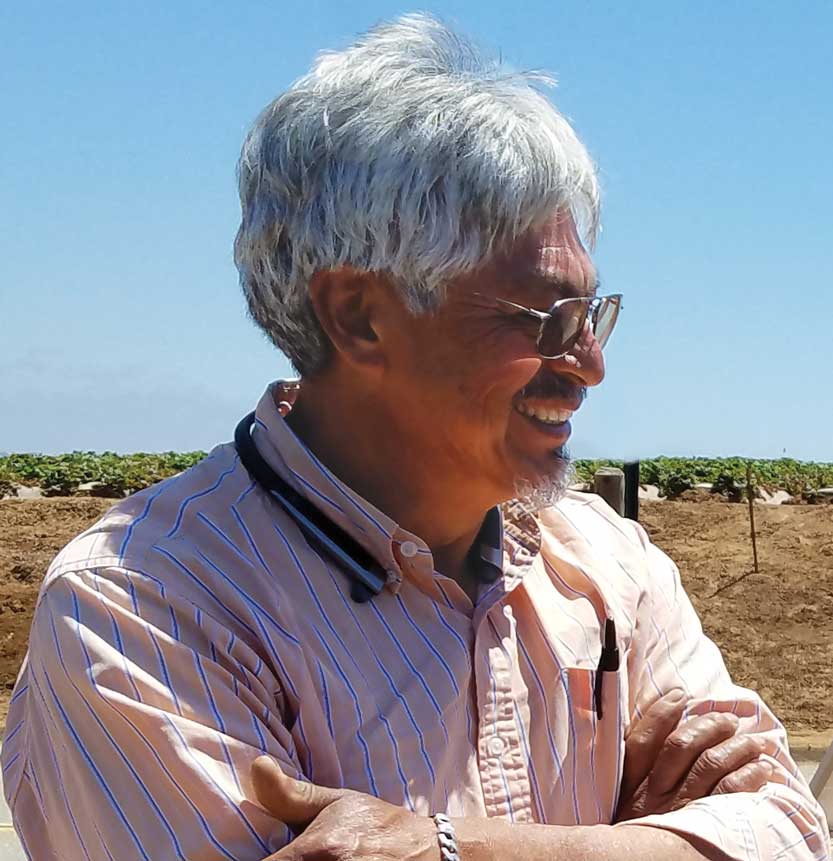
CELEBRATING A FARMING FAMILY’S LEGACY OF STEWARDSHIP
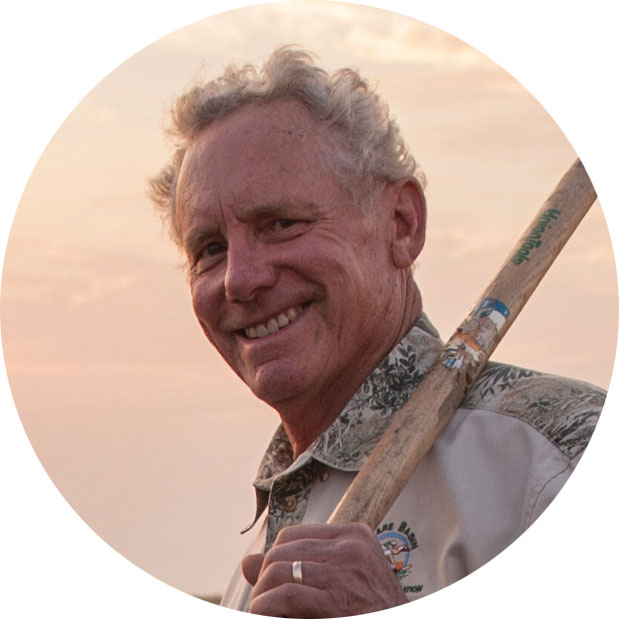
We’re proud to honor fifth-generation farmer C. Jeff Thomson, recipient of the 2017 California Leopold Conservation Award. The award was presented posthumously to Jeff’s family in December at the California Farm Bureau Federation’s annual conference.
Since 2006, Sustainable Conservation has partnered with Sand County Foundation and the Farm Bureau to commend extraordinary landowner achievement in the voluntary stewardship and management of our Golden State’s natural resources.
Given in honor of renowned conservationist Aldo Leopold, the award program originated in 2003 and is now active in 14 states. Jeff is the Leopold Conservation Award’s 100th recipient.
Jeff, who passed away suddenly in October, oversaw a family farming operation in Bakersfield that produces a variety of annual crops, including watermelons, onions, potatoes, and carrots.
With the lifelong mission “to enhance the soil and the land we farm,” Jeff perfected a suite of notable conservation approaches to better steward the earth, water, and wildlife both on and off his land.
His early use of drip irrigation and soil moisture sensors reduced water use on a number of his crops by up to 60%. The farm started using Integrated Pest Management, the application of natural methods for controlling pests, as far back as the 1940s.
For more than 25 years, Jeff led partnerships with the U.S. Fish and Wildlife Service and many others to protect, enhance, and maintain Kern County wetlands. These collaborative efforts benefit a variety of waterfowl, including imperiled birds in the Tulare Lake Basin.
In addition, Jeff’s commitment to wildlife habitat preservation prompted him to establish an 850-acre wetland on his own property – a model his neighbors soon followed.
Over 50% of all land in California is privately owned, and how people manage this land has a dramatic effect on our environment – helping to combat climate change, boost clean air and water, and protect wildlife. Know of a Golden State landowner who’s a conservation leader in your community? Or, maybe you’re that leader! Nominate a friend, colleague, or yourself for the 2018 California Leopold Conservation Award; nominations must be postmarked by July 13, 2018. The award recipient receives an Aldo Leopold crystal and $10,000. Learn more.

